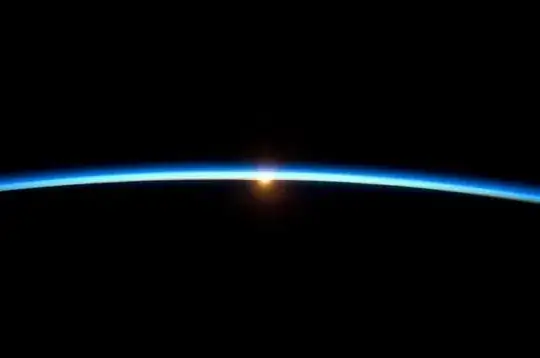I was listening to BBC news radio last night - 18th day of May 2017 and I heard this guest who was campaigning for people to stop dumping trash in the oceans.
Probably not the same very words but the meaning is the same:
"... some oceans are so remote such that if you are standing there the closest person to you is in the space station"
I thought to myself, hmm another flat earth troll who needs an atlas but I realized I couldn't even estimate the distance from the oceanic pole of inaccessibility at 46°17′N 86°40′E (2700km from land) to the ISS http://iss.astroviewer.net/
How true is this claim?
